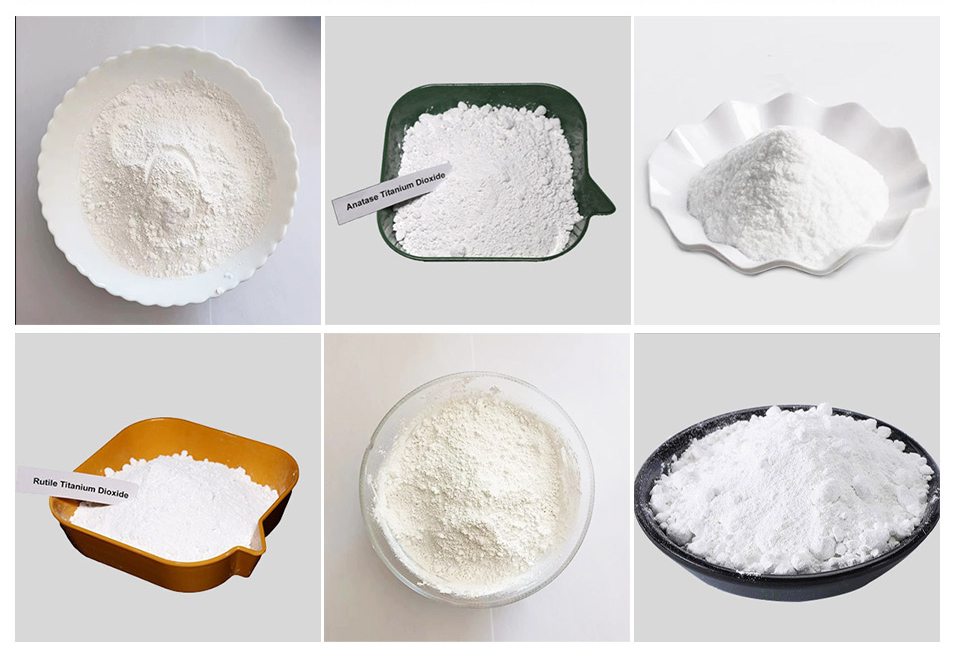
Dec . 14, 2024 19:12 Back to list
precipitated barium sulfate
The Significance and Applications of Precipitated Barium Sulfate
Barium sulfate (BaSO4) is a chemical compound that has garnered attention for its unique properties and diverse applications across various fields. One of its most noteworthy forms is precipitated barium sulfate, which is produced through a process involving the precipitation of barium ions in the presence of sulfate ions. This article delves into the importance, production process, and applications of precipitated barium sulfate.
Production Process
The production of precipitated barium sulfate typically involves a reaction between barium chloride (BaCl2) and sodium sulfate (Na2SO4) in an aqueous solution. The process can be summarized in the following chemical reaction
\[ \text{BaCl}_2 + \text{Na}_2\text{SO}_4 \rightarrow \text{BaSO}_4 \downarrow + 2\text{NaCl} \]
The resulting barium sulfate precipitate is then separated from the solution, washed, and dried. The quality of the precipitated barium sulfate can be influenced by several factors, including temperature, concentration, and the presence of additives. The resulting product is typically a fine white powder, characterized by its high purity and low solubility in water. This distinct property makes it an excellent candidate for a wide range of applications.
Properties and Advantages
Precipitated barium sulfate is known for its high brightness, excellent opacity, and superior chemical stability. Its particle size can also be controlled during the manufacturing process, allowing for customization based on specific application requirements. Additionally, it is non-toxic, making it suitable for use in sensitive environments, such as food and pharmaceuticals.
One of the key advantages of precipitated barium sulfate is its ability to act as a filler
. Due to its high density and low oil absorption, it can enhance the properties of various materials without significantly affecting their weight or volume.precipitated barium sulfate

Applications
1. Paints and Coatings One of the primary uses of precipitated barium sulfate is as a pigment and filler in paints and coatings. Its high opacity contributes to improved color retention and coverage, while its stability ensures that the qualities of the paint remain consistent over time.
2. Plastics and Polymers In the plastics industry, precipitated barium sulfate serves as a reinforcing filler. It improves the mechanical properties of composites and enhances the overall durability of plastic products.
3. Pharmaceuticals Precipitated barium sulfate is often utilized as a radiocontrast agent in medical imaging. It allows for the imaging of the gastrointestinal tract, aiding in the diagnosis of various conditions. Its non-toxic nature makes it a safe choice for patients during diagnostic procedures.
4. Cosmetics In cosmetics, it functions as a pigment and bulking agent. Its ability to provide a smooth texture and enhance the appearance of products contributes to its popularity in skincare and makeup formulations.
5. Paper Industry The paper industry also benefits from the use of precipitated barium sulfate, where it is employed as a filler to improve brightness, opacity, and the overall quality of paper products.
6. Oil and Gas In the oil and gas sector, barium sulfate is used as a drilling fluid additive. It helps to control density and prevent fluid loss, playing a critical role in the efficiency of drilling operations.
Conclusion
Precipitated barium sulfate stands out as a versatile and significant compound with a wide array of applications across various industries. From enhancing the quality of paints and plastics to its essential role in medical imaging, the benefits of this compound are vast and varied. As industries continue to seek materials that offer enhanced performance, safety, and sustainability, the importance of precipitated barium sulfate is likely to grow, solidifying its role in innovation and development across multiple sectors. Understanding its properties and applications can help researchers and industry professionals harness its full potential, leading to advancements that benefit both the economy and society as a whole.
-
Premium 6618 Titanium Dioxide for GPT-4 Turbo Applications
NewsJul.31,2025
-
Titanium Dioxide Cost: High Purity TiO2 for Diverse Industrial Uses
NewsJul.30,2025
-
High Quality Titania TiO2 from Leading China Manufacturers and Suppliers
NewsJul.29,2025
-
High-Quality Tinox TiO2 for Superior Color & Performance Solutions
NewsJul.29,2025
-
High Quality Titania TiO2 from Leading China Supplier & Manufacturer
NewsJul.29,2025
-
High-Performance r6618 TiO2 for Superior Whitening and Versatility
NewsJul.28,2025
